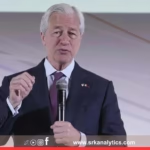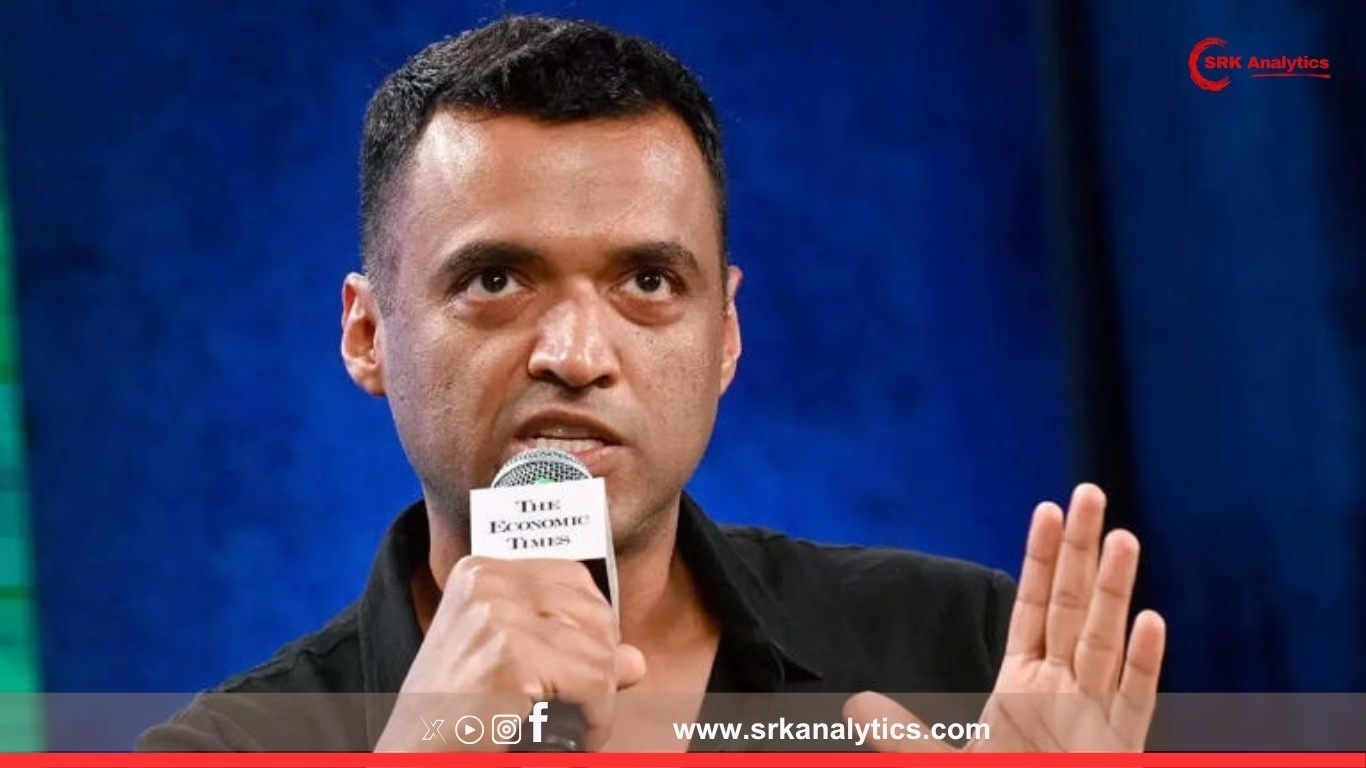Tata Communications Chief Executive Officer AS Lakshminarayanan has highlighted that the company continues to face pricing pressure across key connectivity services amid an uncertain global macroeconomic environment, but added that its focus on emerging digital and AI Cloud solutions is yielding strong traction with enterprise customers globally.
Speaking during the company’s Q1 FY26 earnings call, Lakshminarayanan said, “We are seeing persistent pricing pressure in traditional services like global connectivity and voice. However, our growth areas including cloud, AI, security, and unified communications are showing healthy demand despite cautious enterprise spends in certain sectors.”
Q1 FY26 Financial Highlights
Tata Communications reported a consolidated revenue of ₹5,525 crore for Q1 FY26, representing a 3.2% sequential growth and 7.8% increase year-on-year. The company’s net profit stood at ₹435 crore, growing by 5.6% sequentially and 2.8% YoY. EBITDA margin declined slightly to 22.5% from 23.1% in the previous quarter due to elevated network costs and continued investments in digital solutions.
Key Financial Metrics
| Financial Metric | Q1 FY26 | Q4 FY25 | QoQ Change (%) | YoY Change (%) |
|---|---|---|---|---|
| Revenue (₹ crore) | 5,525 | 5,353 | +3.2 | +7.8 |
| EBITDA (₹ crore) | 1,242 | 1,236 | +0.5 | +4.1 |
| EBITDA Margin (%) | 22.5 | 23.1 | -60 bps | -80 bps |
| Net Profit (₹ crore) | 435 | 412 | +5.6 | +2.8 |
Lakshminarayanan added that while global macroeconomic volatility continues to impact IT spending decisions, especially in Europe and parts of the US, the company’s transformation strategy is enabling it to pivot towards higher-growth and higher-margin services.
Strategic Focus: AI Cloud and Digital Platforms
The CEO emphasised that Tata Communications is accelerating its AI Cloud offerings to capture emerging opportunities in generative AI, cloud-native application modernisation, and intelligent automation.
“Our AI Cloud traction is strong. We are investing in capabilities that help customers adopt AI securely and at scale,” he said, referring to recent launches under its ‘IZO Multi Cloud Connect’ and AI service integration platforms for enterprises.
The company has also partnered with hyperscale cloud providers and AI startups to integrate its network and security solutions seamlessly with AI workloads hosted on public and hybrid cloud environments.
Growth Segment Revenue Contribution (Q1 FY26)
| Business Segment | Revenue Share (%) | YoY Growth (%) | Key Highlights |
|---|---|---|---|
| Core Connectivity Services | 52 | +2.5 | Pricing pressure but stable volume |
| Cloud & Managed Services | 28 | +14.8 | AI, CloudOps, application services growth |
| Unified Communications & SaaS | 12 | +18.3 | Strong demand for secure collaboration tools |
| Mobility & IoT | 8 | +11.2 | Global SIM, connected car solutions rising |
Industry Dynamics: Connectivity Pricing Pressure
Pricing pressure in international connectivity, voice, and wholesale bandwidth markets has persisted due to intense competition, market commoditisation, and changing traffic patterns post-pandemic. However, Tata Communications continues to maintain a robust market position backed by its global subsea cable network and strategic interconnects.
An industry analyst said:
“Tata Communications remains India’s leading global connectivity provider but future revenue growth will depend on the scale-up of digital platforms, AI Cloud, and edge services. Connectivity will remain volume-driven with thin margins.”
Recent Strategic Deals and Partnerships
During Q1 FY26, Tata Communications secured multiple strategic wins including:
- A multi-year agreement with a global automotive OEM for connected vehicle solutions across Europe and Asia
- Strategic partnership with a US-based technology firm for secure AI-enabled cloud communication services
- Expansion of cloud interconnect services with major hyperscale cloud providers in Asia Pacific
Lakshminarayanan highlighted that these deals reaffirm Tata Communications’ position as an integrated digital ecosystem enabler for global enterprises.
Operational Highlights
The company continues to enhance its network and data centre capacities. During the quarter, Tata Communications:
- Expanded its IZO Multi Cloud Connect to cover additional 12 cities globally
- Commissioned a new data centre facility in Mumbai to cater to high-density AI workloads
- Launched enhanced threat detection and response services under its cybersecurity business
Profitability Improvement Roadmap
To address margin pressures in legacy services and fund investments in AI and Cloud, Tata Communications is implementing:
- Cost optimisation initiatives: Streamlining network operations and supplier contracts
- Productivity enhancements: Leveraging AI-based automation for internal processes
- Portfolio rationalisation: Focusing on profitable customers and exiting unviable contracts
The CEO said, “We remain committed to driving profitable growth with disciplined cost management while investing in next-gen digital capabilities.”
Employee and Talent Update
The company’s total employee base stood at 15,320 at the end of June 2025. Tata Communications continues to hire AI, cloud architecture, and cybersecurity specialists to strengthen its digital solutions portfolio.
Competitive Positioning
Tata Communications remains among the top three global enterprise connectivity and digital solution providers headquartered in India. Its competitors include Airtel Business, Jio Platforms’ enterprise division, and global players such as BT Global and Orange Business.
Top Enterprise Communication Providers (India HQ) by FY25 Revenue (₹ crore)
| Company | FY25 Revenue | Core Strengths |
|---|---|---|
| Tata Communications | 20,550 | Global network, AI Cloud, security |
| Airtel Business | 17,110 | Data centres, connectivity, cloud edge |
| Jio Platforms (Enterprise) | 14,600 | Private 5G, edge computing, AI IoT |
Outlook for FY26
Despite global economic uncertainties, Tata Communications has retained its medium-term guidance of mid to high single-digit revenue growth driven by AI, cloud, and digital services adoption. However, the management remains cautious on near-term profitability given continued pricing pressures in traditional services.
Lakshminarayanan concluded, “We are committed to evolving as a trusted digital ecosystem partner for enterprises worldwide by combining our network leadership with AI, cloud, and cybersecurity expertise.”
Disclaimer
This news content is for informational purposes only. It is not intended as investment advice. Readers are advised to consult financial experts before making any business or investment decisions based on this report.











